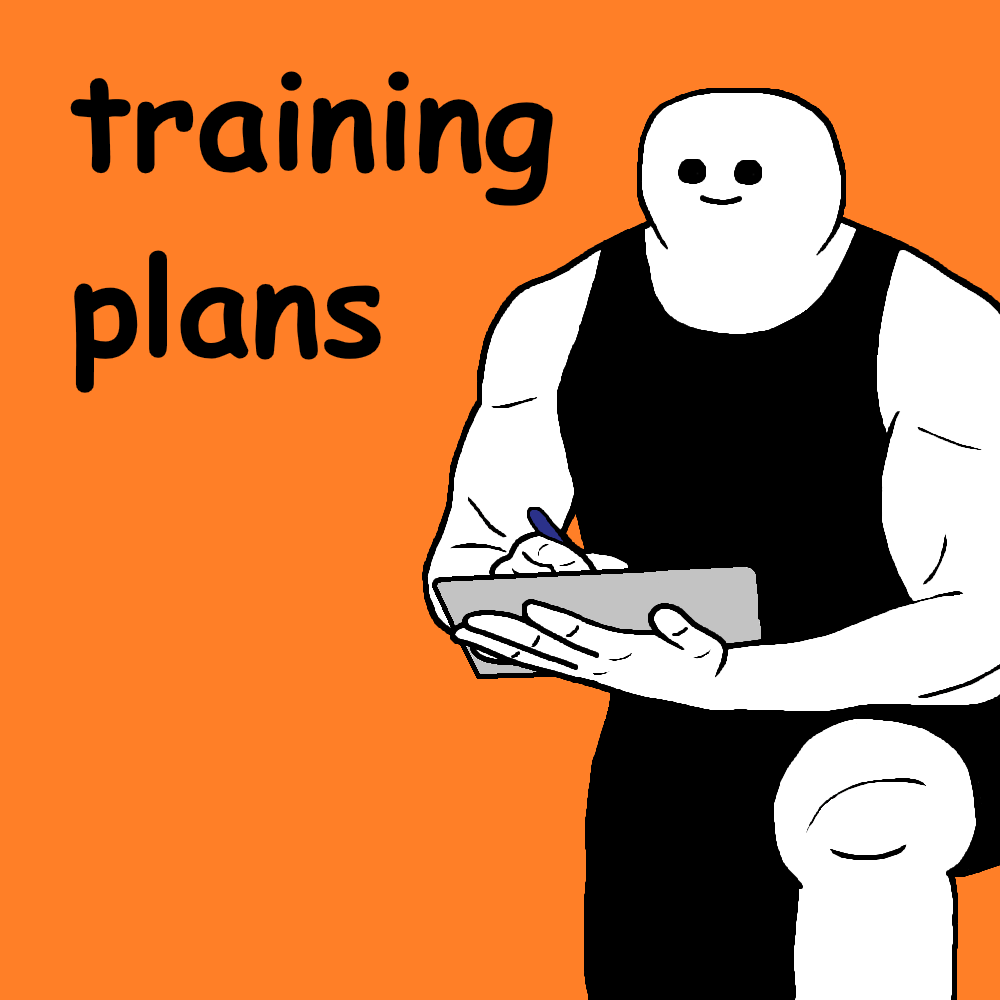Here is all the information you need to know about progressive overload!
And if you dont want to read, you can just check out this video!
What is progressive overload?
Progressive overload means, that as the time goes on you increase the difficulty of the exercise you are doing.
You can increase the difficulty by using various factors, which im gonna talk about in a second.
Using progressive overload will guarantee muscle growth, without it, you will never make any significant progress.
Im sure that you have seen those people who have been going to the gym for years, but they still look the same..
Thats because they are always doing the same exercises with the same weight and reps and simply never progressing in any way.
Types of progressive overload
First lets talk about the 2 most used types of progressive overload that you should use.
Later i will talk about less known types of progressive overload that people for some reason dont talk about.
So, as you might have guessed, the 2 most used types of progressive overload are increasing the weight and increasing the reps.
You always hear me say rep ranges like 5-8 or 8-12, so let me use them in an example.
Lets say, you are doing bench press in 5-8 rep range.
And you are currently able to benchpress 100 lbs for 5 reps.
So in the first day of benchpress, you did 100 lbs for 3 sets of 5 reps.
And in the next workout, you will try to do at least 6 reps for AT LEAST ONE SET of the 3 sets in total.

So lets say you managed to get 6 reps in the first and second set, and in the last set you only got 5.
But thats still progressive overload.
And you continue like this, until you hit 8 reps on all of your 3 sets.

And in case you forgot, we were doing benchpress in 5-8 rep range, thats why we stopped at 8 reps.
If the rep range was for example 8-12 reps, you would start at 8 reps and continue until you get all of your sets for that exercise to 12 reps.
Now you might be wondering, what do i do when i hit the upper limit of the rep range with all my sets?
So lets go back to the 5-8 rep range example.
Lets say you managed to bench 100 lbs for 8 reps on all of your 3 sets, that means, that you are now ready to increase the weight.
Add like 5 lbs on the bar and start the cycle all over again.
So you got 105 lbs on the bar right now, and you managed to get 7 reps on the first set and 6 reps on the second and the third set, so you continue again until you hit 8 reps on all of your sets, and then you increase the weight again.

I think that now you know what im trying to say.
Less known types of progressive overload
Now let me tell you about the less known types of progressive overload, which are very good for breaking plateaus.
Because if you cant increase the weight or the reps anymore, you still need to progressively overload somehow.
1. Decreasing rest times between the sets
The first one is decreasing the rest times between the sets.
So lets go back to the bench press example.
If you did for example 100 lbs for sets of 7, 6, and 6 reps, while resting 3 minutes between the sets, then decrease the rest to 2,5 minutes.

And if you get the same number of reps as you did with 3 minutes of rest, you progressively overloaded.
2. Slowing down the tempo/adding a pause
Next one is performing the reps slower than usual, or adding a pause to the exercise.
So again lets say, you did 100 lbs on the benchpress for the sets of 7, 6, and 6 reps.
Now try to slow down the tempo of your reps a little bit, and pause and the bottom of the movement for a second.

If you still get the same number of reps as you did before with your normal tempo and without pauses, you progressively overlodead.
3. Lower bodyweight = Progressive overload
If you are on a cut, and your overall bodyweight decreased, and you are still able to lift the same weight for the same amount of reps as before -

then that is also a form of progressive overload, because usually the heavier you are the more weight you can lift.
4. Switch the exercise variation
If you are feeling stuck, because you didnt progress in any way in couple of weeks, it might be time to completely switch the exercise variation.
For example if your progress is stuck on the squat.
Switch to legpress for couple of months and then come back to the squat, and you will see, that you are suddenly able to break through that plateau no problem.
5. Partial/forced reps
Other thing that you can do to try to create progressive overload, is to do partial or forced reps where you go beyond failure.
After you cant do a full proper rep, you can use either partial or forced reps, to create additional stress on the muscle, which will result in progressive overload (if you scale up the amount of the partial/forced reps everytime)
But i would only recommend this to experienced lifters.
Conlusion
Using progressive overload is one of the most important things you need to do, if you want to build muscle.
So start tracking your workouts, and progressively overloading today!
Try applying all of this knowledge to your training plan, and im sure that you will see much better results..or you can just try one of my training plans!


